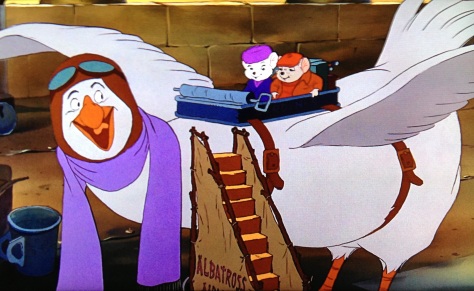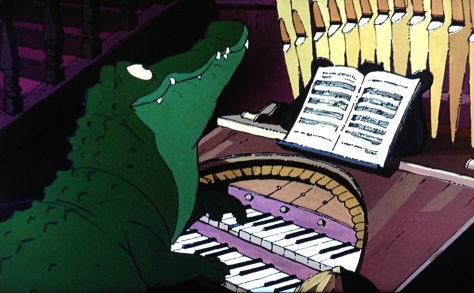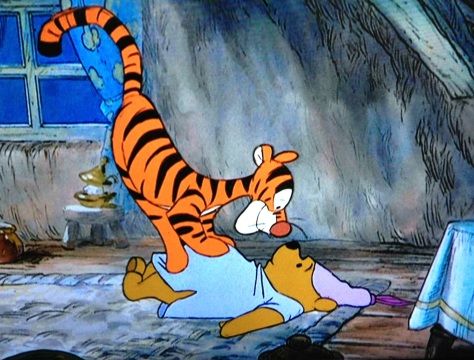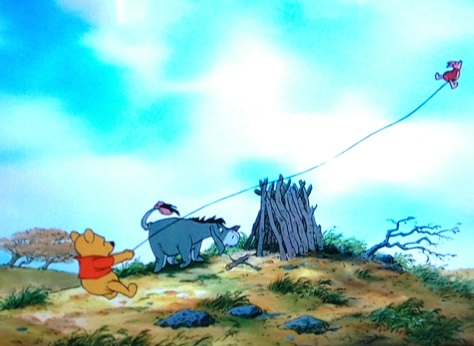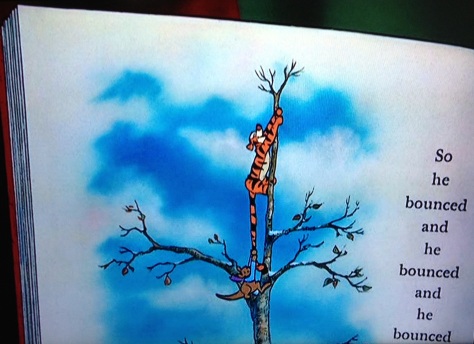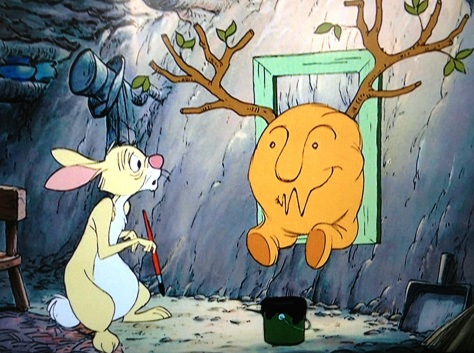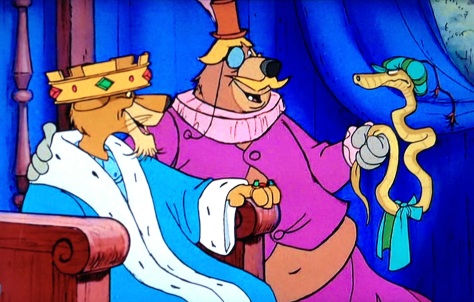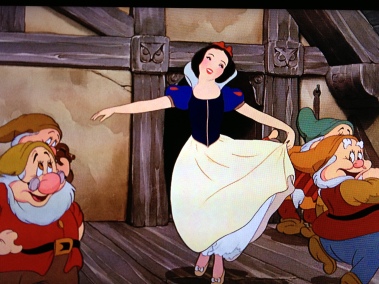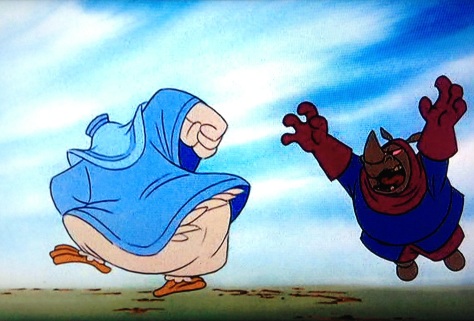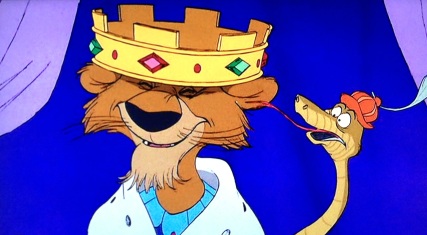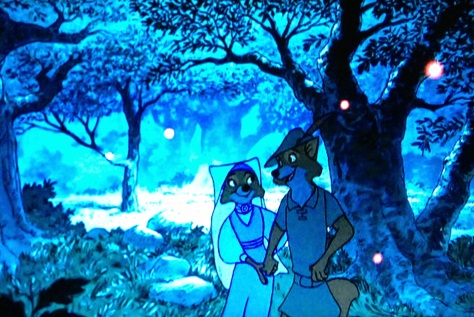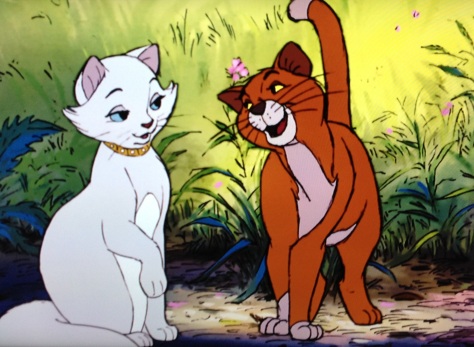The End of an Era, The Beginning of an Era
Originally Released: 1977
The Rescuers is an interesting creation. It is one that I find hard to place in a proper category. Does it belong at the end of Disney’s “silver age/golden age 2.0,” or does it serve as the beginning of the bold, brave new age of the next generation of Disney animation? On one hand, it represents a departure from earlier films with its more serious plot in a contemporary American world. It also shifted away from Disney’s past by not using singing characters throughout the film. On the other hand, it is a story involving heroic mice and with an outrageous and evil villain, which is classic Disney through and through.
At the Disney studios there were also some endings and beginnings around this time. The Rescuers was the last picture to have heavy involvement by any of Disney’s legendary “nine old men.” Some had already moved on to different roles. For example, Eric Larson had transitioned to a recruiter/teacher/mentor role for the new generation of animators, and Woolie Reitherman was assigned to be the main director of Disney films years earlier (The Rescuers would be his last go as director). After all of these changes, only four of the nine remained as animators. Sadly, death cut short the contributions of John Lounsbery during production of this film. And Milt Kahl, Ollie Johnston, and Frank Thomas all retired shortly after completion of the movie.
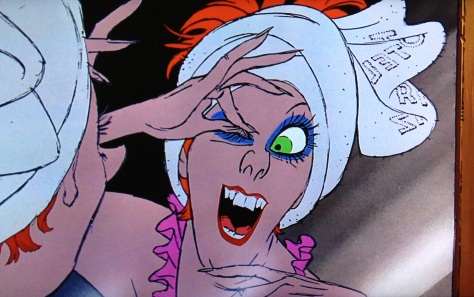
Disney animator Milt Kahl’s finest work? Some consider this scene to be the best work in 2D animation ever.
But at the same time, The Rescuers did have large contributions by the new generation of animators. In particular, The Rescuers was the first film in which Don Bluth was assigned as Directing Animator. He had previously done work in Robin Hood and the third Winnie the Pooh featurette, and he showed such promise in this time period that he rapidly ascended the ranks and was promoted for The Rescuers. If you are familiar with his work in the 1980’s then you will see that his influence was indeed felt in this film.
All of this blending of old and new translated into a huge hit at the time of release. It earned a lot of money, and it proved to the naysayer critics that Walt Disney Animation Studios could carry on just fine after Walt’s passing. In fact, it was also very successful in the 1980’s when Disney re-released the film in theaters.
After learning these facts and watching the film, I can’t help but wonder: why isn’t The Rescuers as popular today as some of the other films? Why doesn’t it get the all-star treatment of Disney’s prestigious vault releases? How is it that Disney has let this film quietly fall into obscurity when it was so successful? I believe it passes the “timeless” test as well as any other Disney classic. I also think it’s a very solid film, especially considering the change in direction for the studio. It has good main characters, (though some minor characters are forgettable), some real emotion, a nice touch of mysteriousness to it, and I found myself very impressed with some of the animation as well.

I really like with how Penny was animated in this scene. The delicate handling of the bear and the love she has for it really comes through.
So why is it not emphasized today? To illustrate this point, it had been so long since I’d seen The Rescuers that I couldn’t even remember the plot nor many of the characters. I was probably in the second or third grade the last time I watched it (I realize my story may not be the norm, but I don’t know of many exceptions among my friends). Clearly, it was not high up on my priorities list, undoubtedly overshadowed by films such as Aladdin and Beauty and the Beast.
Whatever the reason for its quiet fade, I don’t believe it is really warranted. I’m not going to say that The Rescuers cracks my top five or even top ten Disney movies, but I do believe it deserves more credit and publicity than it currently receives. With all the historical significance surrounding the film, the Disney team could easily create enough interesting bonus features to justify a big-time release. Perhaps in the next vault cycle they will consider it. In the meantime, I will be sure to not let another 10-15 years pass before I watch The Rescuers again.

